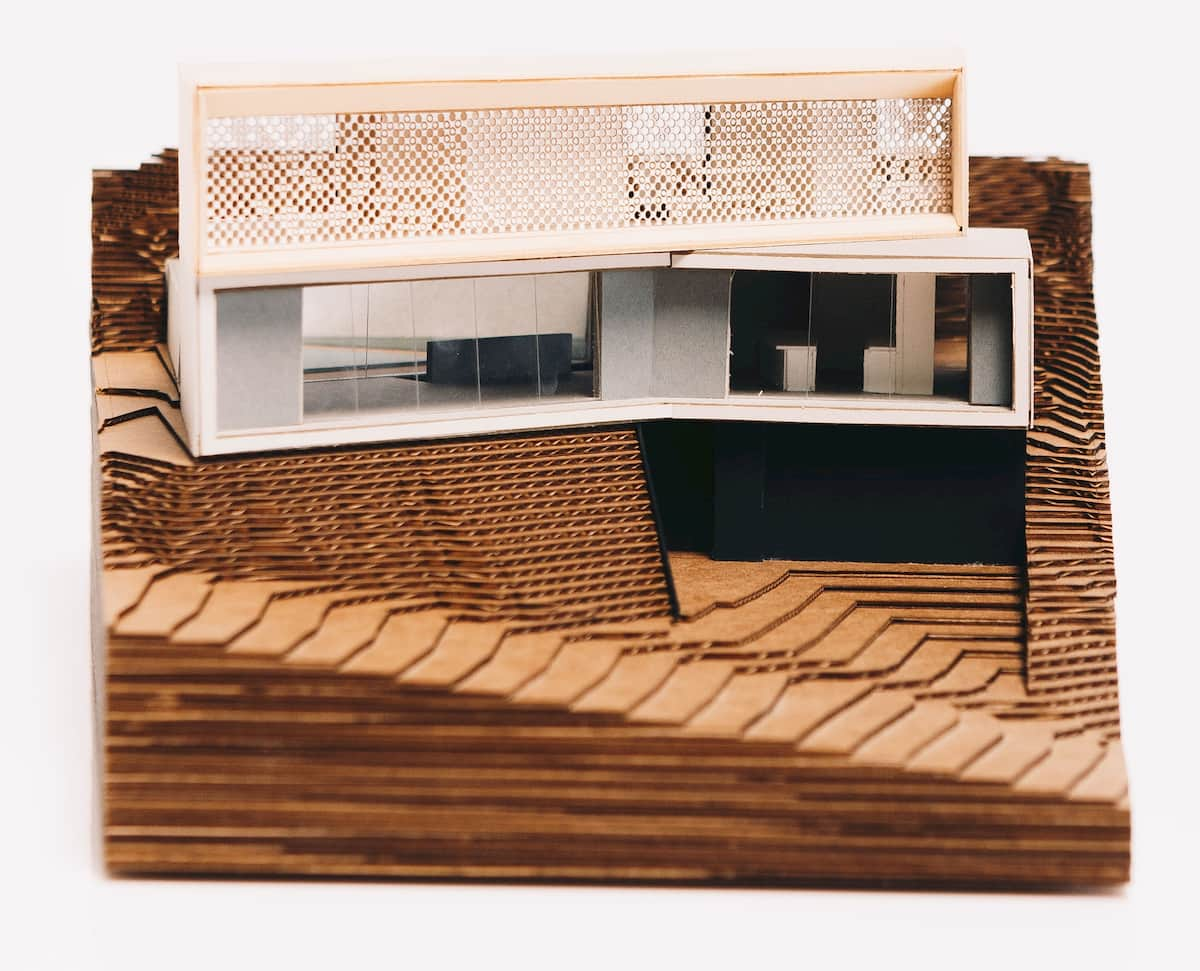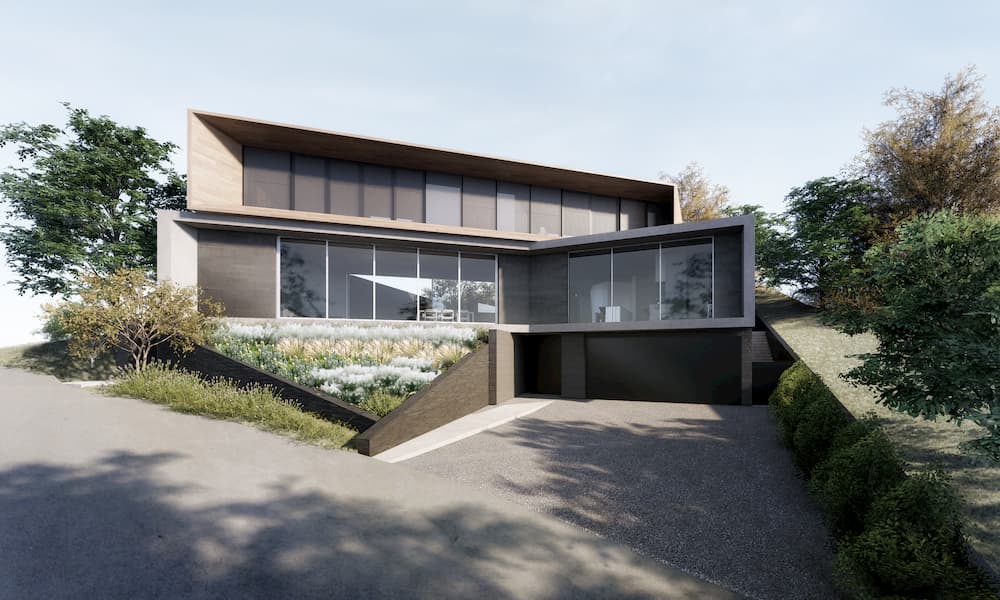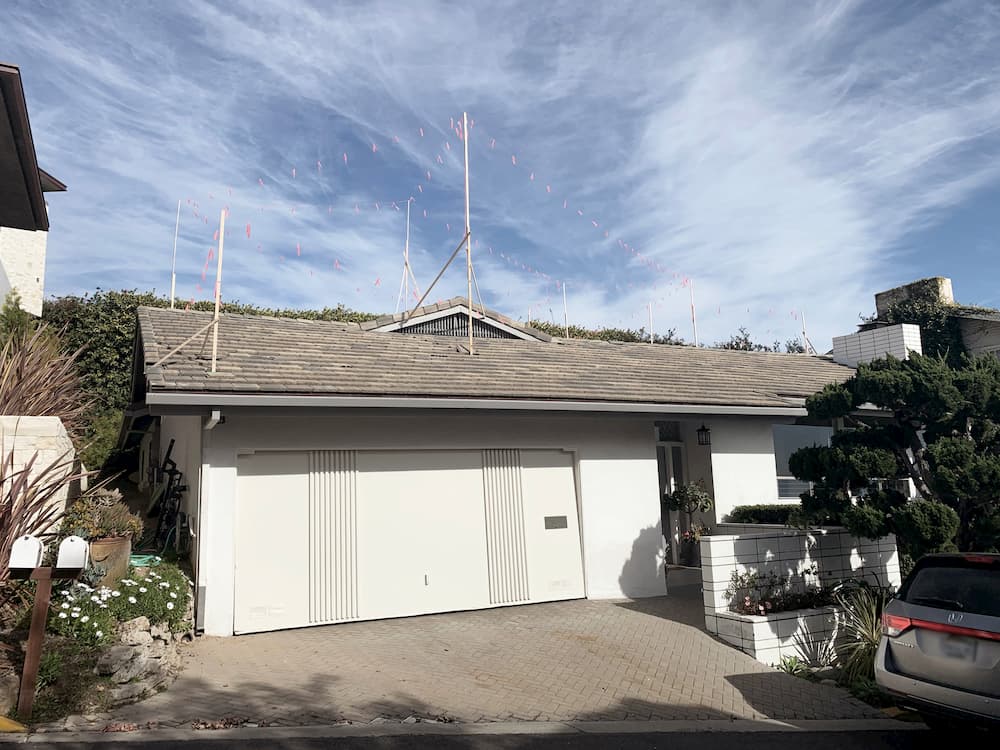
Written by Jessica Chang
The design process is, more than anything, a conversation with the client. In order to design and build a home that we know our clients will love, we first need to understand their desires and goals.
This is why we always begin our residential projects by inviting our clients to write a letter to us, their architect. The content and format of the letter is up to the client’s interpretation, and the way in which it is written helps us not only understand the client’s priorities but also have more insight into the client’s personality, while also informing the design process.
Below, we walk you through our typical design process through the lens of one of a current project: The Emerald Bay residence.
Modeling and Sketching


For our project at Emerald Bay, after digesting the initial specifications provided in the client's letter, we started by making physical models. While digital modeling can also be used, modeling by hand can often be more intuitive and free in the early stages of a project.
With a full model shop, we have state-of-the-art tools available for use. We use a mixture of digital and physical models to explore design concepts, each taking the client's requests into consideration from different perspectives. After discussing the benefits of each scheme, the team favored one scheme over the others. We shared all the models with the client and were given the go-ahead to proceed with the chosen design.

With a general direction in place, the project team brought the design into the digital modeling space. Once in the digital model, we were able to add more realism to the conceptual model—confirming that the design would be usable and fit the client's needs.
Our team worked together with the client to develop the house to their material and spatial preferences. Our office uses a real time visualization program which allows us to walk through the digital model as if one were inside the actual space. Our clients enjoy the capability to “walk through” their project to more intelligently make design decisions. It is also a very useful discussion tool for the design team.

Complying with Local Regulations
As part of the local regulations, the project was required to have story poles staked on site.
Story poles mark and outline where the finished building will be. It is also a useful way to discuss the project with neighbors and the architectural review board. In the condition of our Emerald Bay house, we decided to make some shifts in the building form after reviewing the staking in its context.
The back and forth between the physical and digital tools used to develop the design were very useful for the team, and speak to how projects can continue to evolve even during the design process.


Next Steps
Though we have completed the schematic design of the house, we will continue the dialogue with the client as we develop the project to a greater amount of detail. The fluid mediation between digital and physical will also continue through the creation of more developed rendered models and fabricating detail mock-ups in our shop. At EYRC, our design philosophy prioritizes client’s desires and seeks to keep them aligned with our design principles at every scale throughout the design and construction phase.

Written by Jessica Chang
Jessica Chang, AIA, is a graduate of the University of Southern California and an Associate at EYRC. She has led projects in both the commercial and residential studios since joining EYRC in 2018. With her passion for design, Jessica brings an energetic perspective and critical eye to the firm. Prior to her tenure at EYRC, Jessica worked at Morphosis Architects for four years on internationally recognized projects ranging from hotels and train stations, to embassies and city-scale masterplans. Her dedication to the field extends beyond design projects as she leads the Digital Practice Committee and co-leads the Design Justice Committee at EYRC. Her determination to innovate and promote equity makes her a valuable and empathetic architect.
